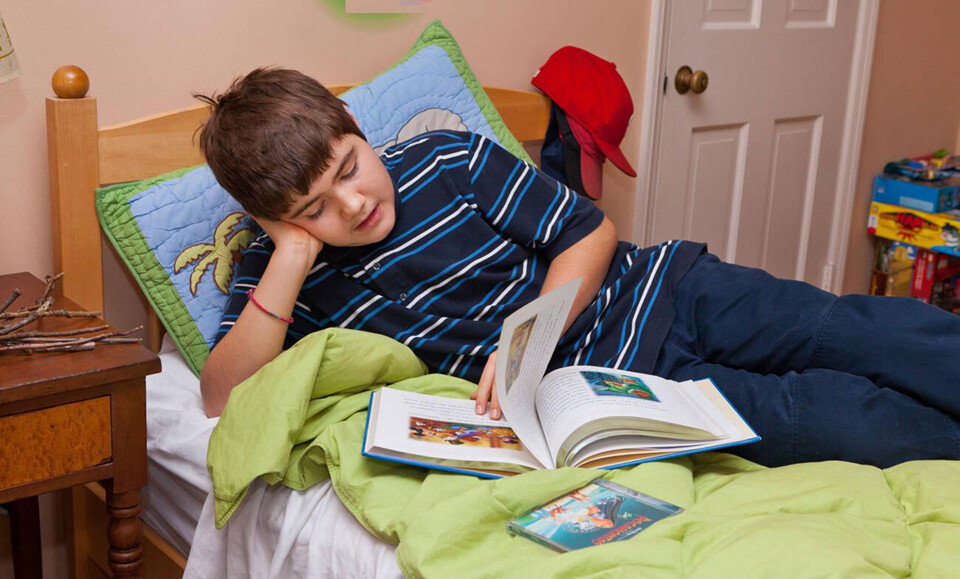Why It Is Imperative To Provide Support
Supporting children with autism can present challenges, but also provide fulfillment. Each day is a new opportunity for growth and development, but it’s important for those working with these children – such as teachers, paraprofessionals, and parents – to have a comprehensive set of strategies to facilitate success and ensure adequate support.
These techniques can be applied to children with autism and those with challenging behaviors, regardless of their diagnosis. It is not uncommon for caretakers to feel frustrated by a child’s behavior, which may be sudden, persistent, difficult to manage, or embarrassing.
Note: It’s important to remember that autism is a spectrum disorder, meaning its symptoms can range from mild to severe.
Work On Developing Time Management Skills
Managing time can be a challenge for children with autism, who may struggle to comprehend the duration of activities. For instance, if a teacher allocates ten minutes for playtime until the next task starts, the child may not fully grasp the time frame and react negatively when the playtime ends abruptly. To mitigate this, using sand timers or visual clocks can help clearly communicate the time remaining for activities. Employing timers and reminders for students with autism can both prevent problematic behaviors and teach them time management skills and better preparation for transitions.
For example, by saying “After you finish the story, it’s time to prepare for bed” or “In 10 minutes it’s time to turn off the television and begin your homework”. For some children, setting a timer can help them keep track of the time left, while others may benefit from reminders as the time winds down. Visual timers can also be helpful for children who have difficulty comprehending the concept of time or numbers, as they can physically see how much time remains.
Set Specific And Attainable Expectations
For children with autism, it’s important to establish clear and consistent expectations. Personalizing rules and procedures based on the individual needs of each child is crucial, as symptoms of autism can vary greatly. Having the child involved in creating these expectations and tying them to a reinforcement system can be effective in promoting positive behaviors.
One way to do this is by setting up a game or activity that they can participate in while you complete a task, like talking on the phone. Make sure to keep your end of the bargain by completing the task within the allotted time and following through on the promised activity.
If your child struggles with understanding time, a timer can be used to show the amount of time left. Consistency is key when setting expectations, as children with autism benefit from a predictable routine. However, it’s important to keep in mind that unexpected events can occur and it’s not always possible to maintain a one hundred percent structured routine.
Provide Options For Non-Recreational Activities
Providing choices is a way to give children with autism, and all children, a sense of control and agency in their world. Limiting the number of choices to 2-4 options, depending on the child’s capacity, can reduce decision-making stress and make them feel more included and empowered.
The choices should be clear and specific, and if the child has language difficulties, visual aids can help. Choices can be offered throughout the day, covering activities, rewards, and communication methods. A visual choice board with pre-selected options is a useful tool for making choices. Making choices at home and school is beneficial for everyone involved, promoting motivation and cooperation.
Bringing A Transitional Object During Activity Transitions
By letting the child bring a familiar object from one activity to the next, the transition can be made smoother. For example, if the child needs to go with a different support worker such as a speech therapist from their schoolroom, allowing them to bring a cherished item like a stress ball or stuffed animal can make them feel more at ease in the new surroundings.
Remove From Over Stimulating Environments
It is important to anticipate and avoid overstimulating environments that can lead to stress and anxiety in children, especially those with sensory sensitivities. In such situations, it is advisable to bring the child to a quieter place where they can relax and de-stress. This can be a quiet room, a quiet corner, or even a quiet outdoor area. The goal is to provide a peaceful and calm environment that will help the child regain control and regulate their sensory system.
Redirect Unwanted Behavior
Use reminders, not punishments, to guide the child’s behavior. For example, if they are misbehaving while walking, gently remind them to walk properly. If they are speaking inappropriately, kindly request respectful behavior. Providing them the space to interpret your reminders and acknowledge their actions promotes self-accountability and correction of such actions.







